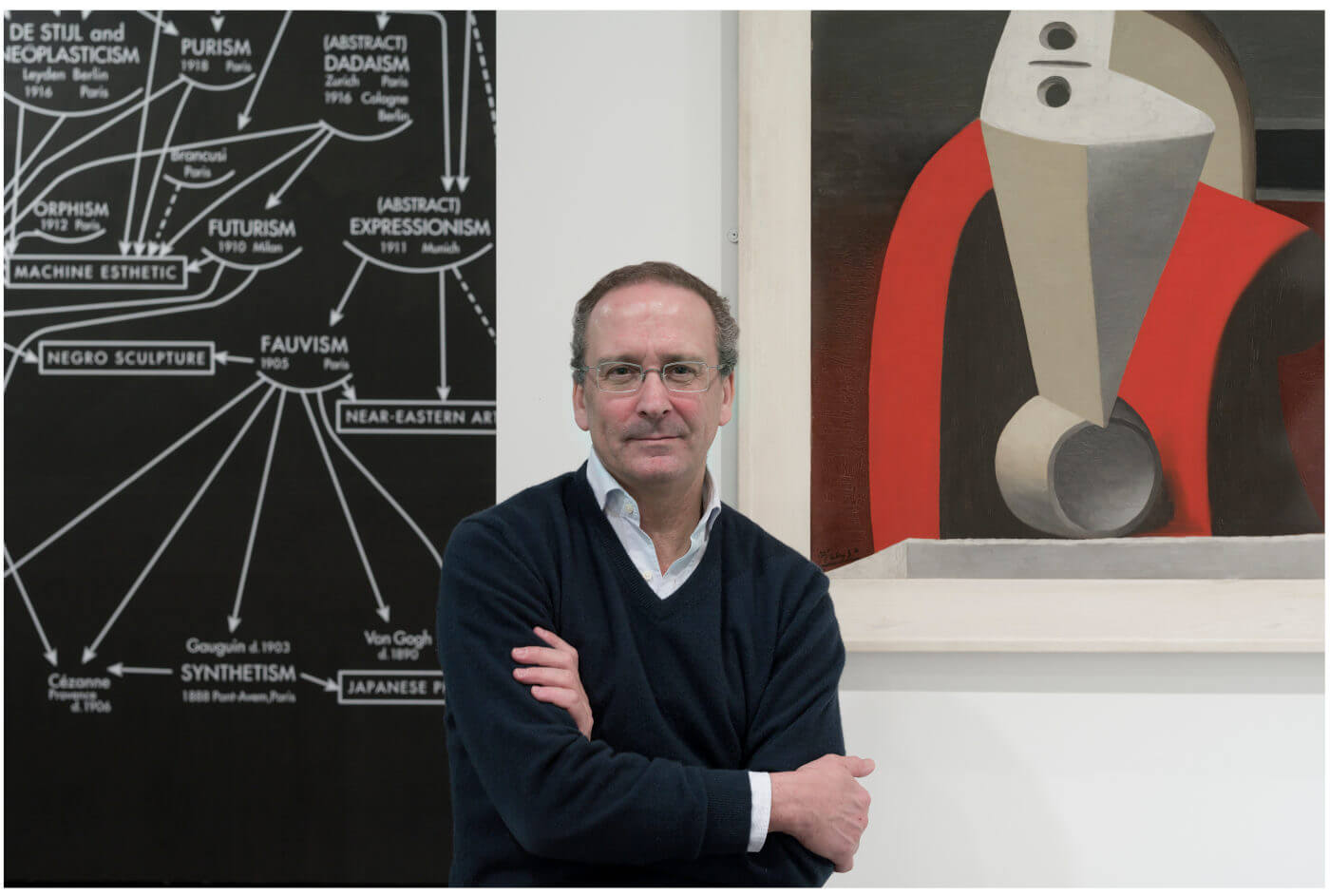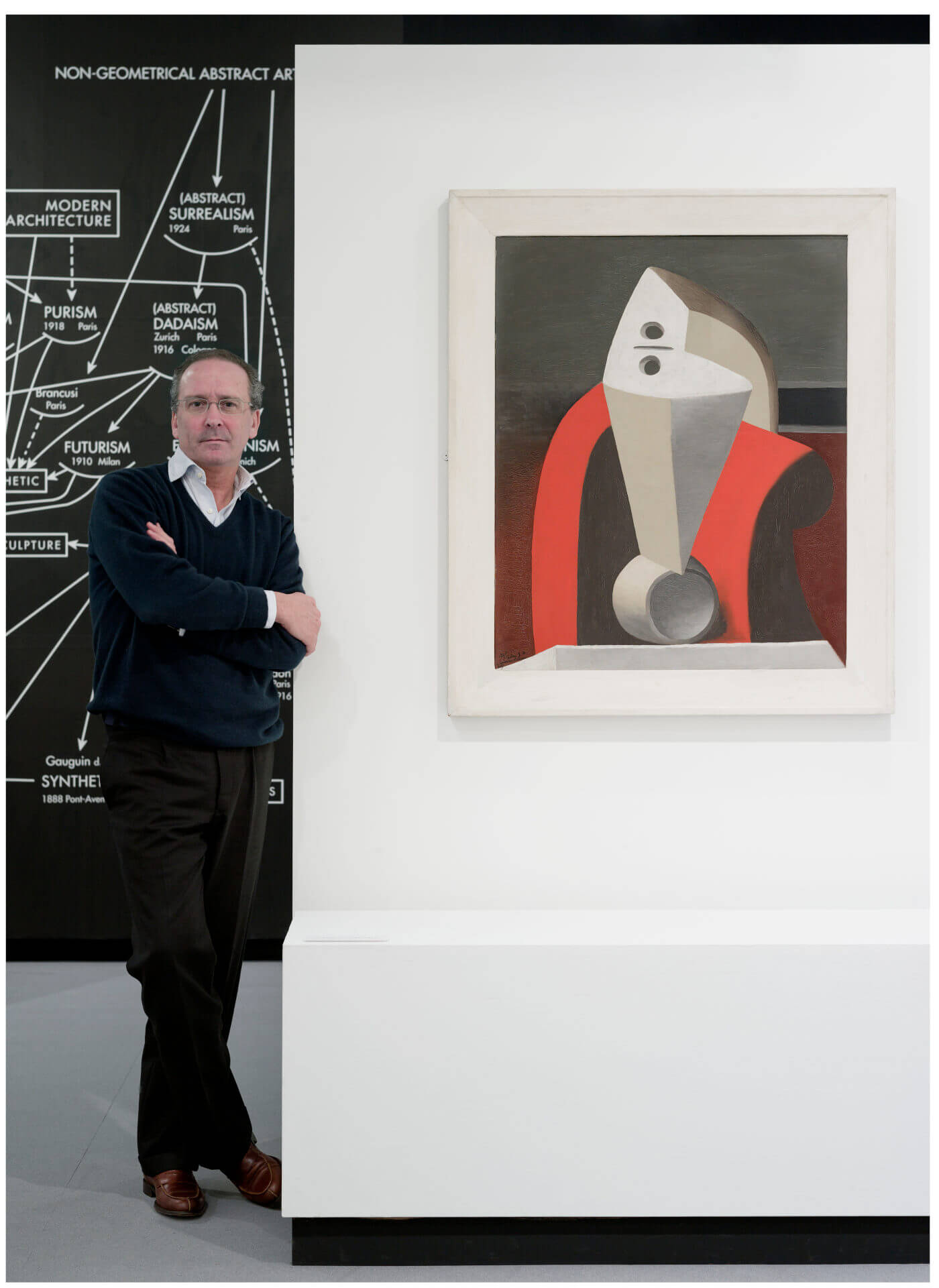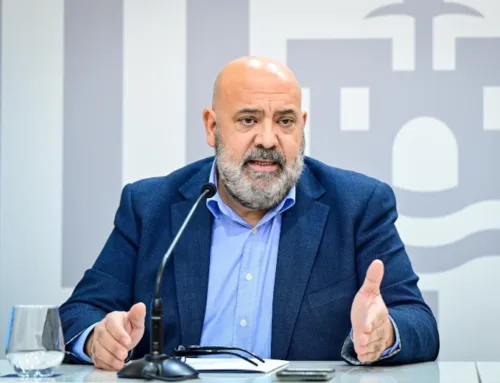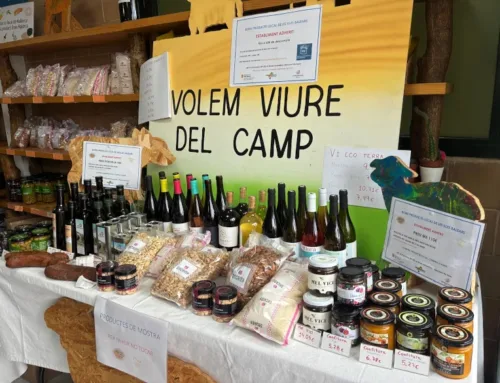A collage of 5,000 images, made one per day over 13 years, was auctioned at Christie’s on March 11, 2021 for $69 million. The work of the artist Mike Winkelmann, better known as ‘Beeple’, was neither a painting nor an installation or a mural, but a JPG file that entered a flash drive. The difference is that it was encrypted with NFT (Non-Fungible Token) technology, which guarantees its authenticity and uniqueness.
Text: Juan Ignacio Orúe. Palma.

Manuel Fontán del Junco, director of Museums and Exhibitions of the Juan March Foundation. Photo: Archivo FJM.
“The NFTs are already, obviously, in the history of art”, considers Manuel Fontán del Junco, director of Museums and Exhibitions of the Juan March Foundation, with offices in Palma, Madrid and Cuenca.
“They are already being collected –and even auctioned– by art institutions, the museums. There are already marketing articles with printed images not of a painting, but of an NFT”, adds Fontán del Junco, who has a doctorate in Philosophy and is a curator and specialist in aesthetics and art theory.
– How does the NFT alter or modify the art collecting market?
– The NFT, as is known, preserves an original digital work in a digital chain. That piece, of course, can be held by someone else on your terminal, but it will be a copy. In the end, the NFT is nothing more than the guarantor of the already old concept of authenticity and originality, so typical of the modern idea of art, updated for the digital age. So nothing has radically changed. The Internet is indeed changing the art market, now less linked to the physical space of the gallery, to face-to-face contact, more virtual, therefore. But I believe that precisely this kind of “evaporation” of the realities of the world of art -of the art work, among them- will make the analogical and material character of that world more relevant, because it will be more pressing to distinguish what is art and what is not and for that differentiated spaces are needed, with limits that include and exclude. We live in an age of ever-increasing, almost unlimited reproducibility, so if you don’t “lock” the original (if you don’t “encrypt” it, that is, if you don’t put it in a kind of crypt) of each chain of its reproductions in a separate space, there will be no way of knowing which is the original work and which is a reproduction. And that would collapse the economy of art: the market economy and the institutional economy.
– The NFT nullifies the possibility of counterfeiting…
– Well, we’ll see: the Wolfgang Beltracchi or the Elmyr de Hory of the digital age will appear, who will be a skilled hacker. Maybe he is already working. What is clear is that in our world undergoing rapid digital transformation, artificial intelligence already allows something unprecedented in the history of man’s relationship with the image: that it is increasingly difficult to trust what we see on a screen, because the false stuff is becoming more and more likely. There are programs that can introduce us to Putin declaring universal peace in an unequivocal, almost perfect way. And this will affect (it is already affecting) digital art, art on the net.

– Can a digital artistic expression move in the same way as a physical work?
– Well, it does to me, depending on each one: it already happens that a good movie is better than a bad play. Until now, the prevalence has been for the sensory experience as opposed to the material work, and only later was the reproduction of this in a book or on a screen considered. Today, between both, there is a new reality, that of digital or virtual materiality, to which we are getting used to. What matters is whether any of them achieves the cathartic possibility of the art work; without this, I see between the two more than a pure gradation of possibilities of visual communication, of aesthetic experience.
– Is it an exaggeration to think that the NFT is a revolution in the art market?
– I think we are not witnessing a revolution in art, but rather an influence, which is very radical at times. I would almost say that the opposite of a revolution occurs: that the NFT is a conservative strategy (in the literal sense, the museum sense, of that word), because what it does is preserve and maintain in the digital age the two old concepts reigning in the analog era of art since the 18th century: that of a unique and irreplaceable author and that of the originality of each of his works.
What is currently the branch of art that stands out the most in Spain?
– All, and all mix. In general, it seems to me that we live in a moment of art inflation. There is too much of it, more than at any other time, and it spreads almost instantly to almost every corner of the globe. Our country is no exception.








Leave A Comment